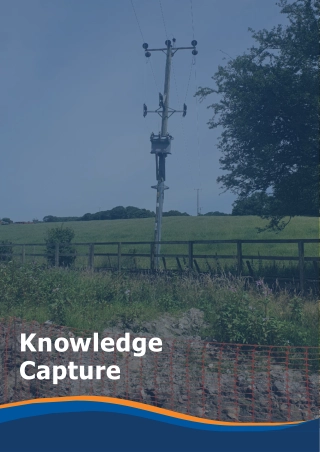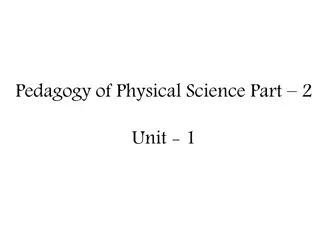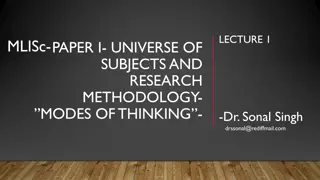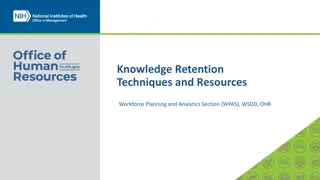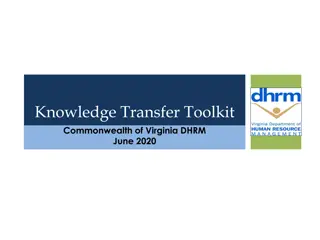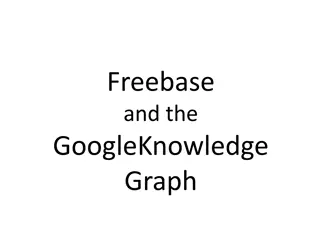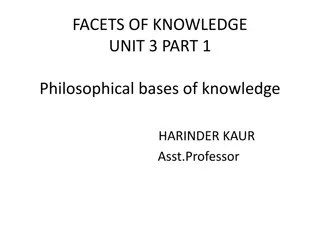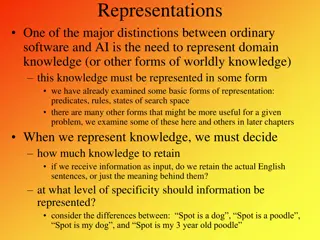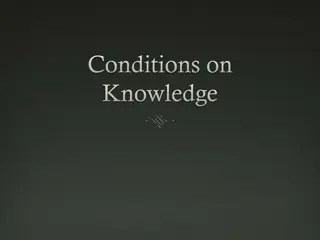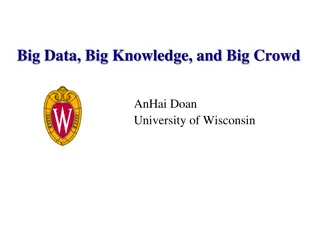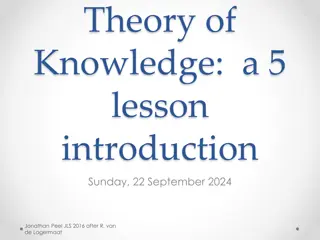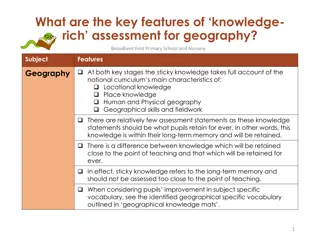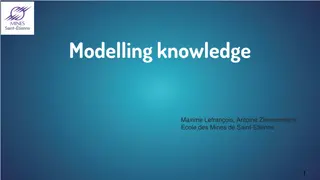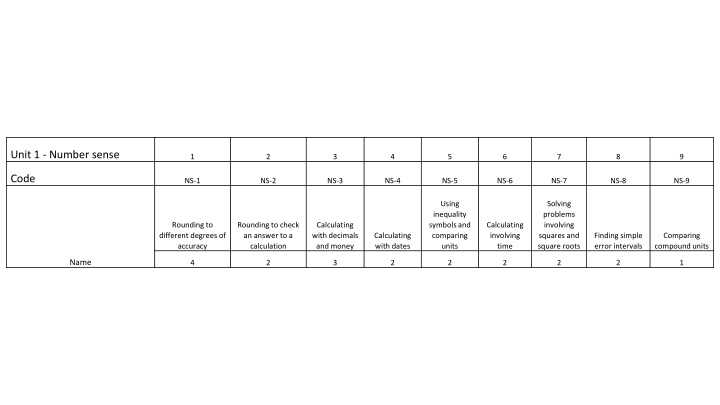
Math Skills Development: Units and Concepts Overview
Explore key math concepts including number sense, ratio, fractions, Cartesian plane, indices, and standard form. Enhance skills in inequalities, decimals, time, ratios, fractions, coordinate plotting, and exponentiation. Detailed breakdown of units for comprehensive understanding.
Download Presentation

Please find below an Image/Link to download the presentation.
The content on the website is provided AS IS for your information and personal use only. It may not be sold, licensed, or shared on other websites without obtaining consent from the author. If you encounter any issues during the download, it is possible that the publisher has removed the file from their server.
You are allowed to download the files provided on this website for personal or commercial use, subject to the condition that they are used lawfully. All files are the property of their respective owners.
The content on the website is provided AS IS for your information and personal use only. It may not be sold, licensed, or shared on other websites without obtaining consent from the author.
E N D
Presentation Transcript
Unit 1 - Number sense 1 2 3 4 5 6 7 8 9 Code NS-1 NS-2 NS-3 NS-4 NS-5 NS-6 NS-7 NS-8 NS-9 Using inequality symbols and comparing units Solving problems involving squares and square roots Rounding to different degrees of accuracy Rounding to check an answer to a calculation Calculating with decimals and money Calculating involving time Calculating with dates Finding simple error intervals Comparing compound units Name 4 2 3 2 2 2 2 2 1
Unit 2 - Ratio, scale and proportion 1 2 3 4 5 6 7 8 Code RSP-1 RSP-2 RSP-3 RSP-4 RSP-5 RSP-6 RSP-7 RSP-8 Understanding and displaying ratios 3 Matching ratios to diagrams Sharing money in a ratio Finding Continue non- linear S Solving problems involving recipes Using graphs to convert units Simplify ratios equivalent ratios Name 2 1 2 2 3 3 4 2
Unit 3 - Multiply and divide fractions 1 2 3 4 5 6 7 Code MDF-1 MDF-2 MDF-3 MDF-4 MDF-5 MDF-6 Working with fractions and decimals (Equivalence) MDF-7 Solving problems involving area and fractions Matching Multiplying fractions and fractions and integers Dividing fractions and fractions and integers Solving problems involving calculating with fractions Comparing calculations with fractions calculations to visual demonstrations Name 2 3 3 3 3 3 3 3
Unit 4 - The cartesian plane Code 1 2 3 4 5 6 7 CP-1 Plotting coordinates on 4 quadrant grid CP-2 CP-3 CP-4 CP-5 CP-6 CP-7 Using Comparing gradients to find parallel lines Identifying linear and non-linear graphs from equations Working with and comparing gradients from harder equations substitution to draw a linear graph Identifying straight lines on a graph Finding midpoint of a line segment Name 5 4 2 4 2 2 1 4
Unit 5 - Indices and standard form Codes 1 2 3 4 5 6 7 ISF-1 Simplifying expressions involving indices 3 ISF-2 ISF-3 ISF-4 ISF-5 ISF-6 ISF-7 Converting standard form into ordinary Writing Identities as a single term 2 Completing simplifyications 3 Applying the laws of Writing numbers as powers of 10 3 Calculating with standard form 3 indices numbers Name 3 3 5
Unit 6 - Bracket, equations and inequalities 1 2 3 4 5 6 7 8 9 Code BEI-1 BEI-2 BEI-3 BEI-4 BEI-5 BEI-6 BEI-7 BEI-8 Solving perimeter problems involving forming equations BEI-9 Solving area problems linked to brackets and quadratics Demonstrating knowledge of what equations mean Expanding two single brackets and collecting like terms Writing expressions based on real life problems Solving two step inequalities Expanding single brackets Solving 2 step equations Factorising expressions Name 2 2 3 2 3 2 2 2 2 6
Unit 7 - Fractions & Percentages 1 2 3 4 5 6 7 8 Code FP-1 FP-2 FP-3 FP-4 FP-5 FP-6 FP-7 FP-8 Using bar models to find increasing and decreasing multipliers Solving problems involving reverse percentages Calculating percentages from two amounts Solving worded problems involving percentages Demonstrate understanding of multipliers Calculating percentage proift Placing FDP on a numberline Calculating percentages Name 3 3 2 3 2 3 2 2 7
Unit 8 - Representing Data 1 2 3 4 5 6 7 Code RD-1 RD-2 RD-3 RD-4 Reading RD-5 RD-6 RD-7 Completing and demonstrating scatter graphs skills Reading and calculating with information from tables Inputting real life data into frequency tables Decribving correlations of data Solving problems using two way tables information from grouped frequecy tables Defining different types of data Name 2 2 1 2 6 3 4 8
Unit 9 - Tables and probability 1 2 3 4 5 6 7 8 Code TP-1 TP-2 TP-3 TP-4 TP-5 TP-6 TP-7 TP-8 Calculating simply probabilities from given information Identifying possible combinations from given information Completing and using venn diagrams and calculating probability Completing a two way tables and calculating probability Completeing and using sample space diagrams Calculating more complex outcome problems. Conjectures involving probability Solving problems using Venn diagrams Name 2 2 4 2 4 2 2 2 9
Unit 10 - Angles in lines and polygons 1 2 3 4 5 6 7 8 9 Code APP-1 APP-2 APP-3 Identifying angles and give reasons (Corresponding /interior angles) APP-4 APP-5 APP-6 APP-7 APP-8 APP-9 Calculating with angles in isosceles triangle Naming less commonly known quadrilaterals Calculating missing angles in quadrilaterals Calculating using basic angle facts Identifying alternate angles Constructing accurate triangles Calculating angles in polygons Calculating angle bisectors Name 2 1 4 2 3 2 2 3 1 10
Unit 11 - Area of trapezia and circles 1 2 3 4 5 6 7 8 Code ATC-1 ATC-2 ATC-3 ATC-4 ATC-5 ATC-6 ATC-7 ATC-8 Solving problems involving multiple shapes and shaded areas Solving problems involving area of rectangles and circles Drawing trapeziums using given information Solving problems with compound shapes Calculating area of a scalene triangle Calculating area of a circle (Radius given) Calculating area of semi circles (In terms of pi) Calculating area of trapezium Name 1 2 2 3 2 3 3 4 11
Unit 12 - Measures of location 1 2 3 4 5 Code ML-1 ML-2 ML-3 ML-4 ML-5 Calulating the mode and range from a frequency diagram Comparing two means from information in a table Calculating averages from a grouped frequency table Calculating the mean and median (List) Calculating the mode Name 1 4 4 6 5 12

